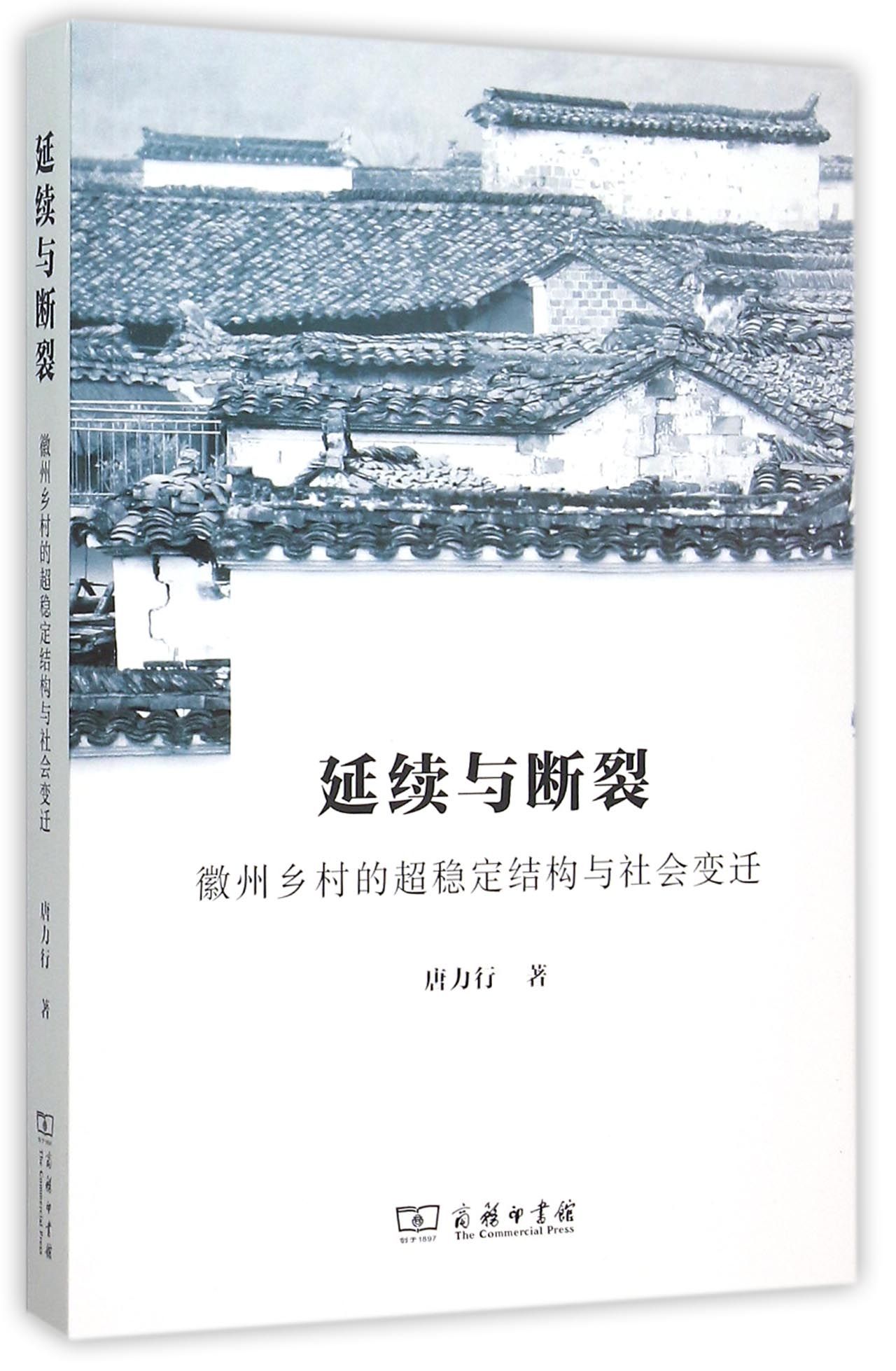Peace, prosperity in Huizhou community

Continuity and Disruption
Author: Tang Lixing
Publisher: The Commercial Press
China has a massive amount of countryside with farmers scattered throughout it. Although the small-scale peasant economy is fragile, it is still a key part of the tax base. Finding ways to protect this tax base and maintain social stability in rural communities have been two major challenges faced by China throughout history. The book Continuity and Disruption uses the example of a rural society in Huizhou, southern Anhui Province, to probe into this problem.
This book investigates Huizhou during a time span from the 16th century to the first half of the 20th century. During this period, the rural community in Huizhou enjoyed peace and prosperity. It was able to maintain stability despite occasional bouts of warfare and upheavals, which is worthy of investigation. However, research into regional history is anything but easy. Records of people’s social lives and daily experience are rarely found in traditional historical books and archives. Related information has to be sought in diffused local chronicles, genealogies, notes, novels, essays, contracts, official documents and stele inscriptions.
In contrast to traditional agriculture based communities, Huizhou was a regional society that had a relatively integrated economy, social structure and culture. The author, Tang Lixing, points out that the unique natural geographical environment of Huizhou gave rise to four factors: Huizhou merchants, clan structures, Neo-Confucianism and the imperial examination system. These factors remained in a complementary and interactive state. The aristocracy in the Central Plains copied the clan organization system from Huizhou and created Neo-Confucianism, which consolidated the local order based on clans. Huizhou merchants provided material support for clan clustering and the imperial examination system. The clan system and culture glued Huizhou merchants together when they were involved in external competition, and the clans offered them financial and labor resources. Those merchants invested in education, training their descendants to be Confucian intellectuals and government officials, which was regarded as the shortcut to obtaining privileges when doing business. Relatively high educational levels turned most of the Huizhou merchants into Confucian businessman, who had higher business proficiency and moral standards.
The book attributes the long-term social stability and prosperity of Huizhou to the fact that the community could both defend its borders and also extend past its geographic limitations. The benign interactions between the four factors formulated two modes of interaction, internal and external, consolidating the dynamic stability within the society.
However, stability was interrupted twice in the late times of modern China. Traditional village autonomy was wrecked when the viliage’s internal social ecosystem was disrupted by the Taiping rebellion which happened between 1851 and 1864, and its interaction with the world outside was stymied by the Chinese People’s War of Resistance against Japanese Aggression. But the stability was restored quite soon afterward because even though one form of interaction collapsed, the other one would help it recover in a short period of time, establishing new stability and regional autonomy.

 PRINT
PRINT CLOSE
CLOSE